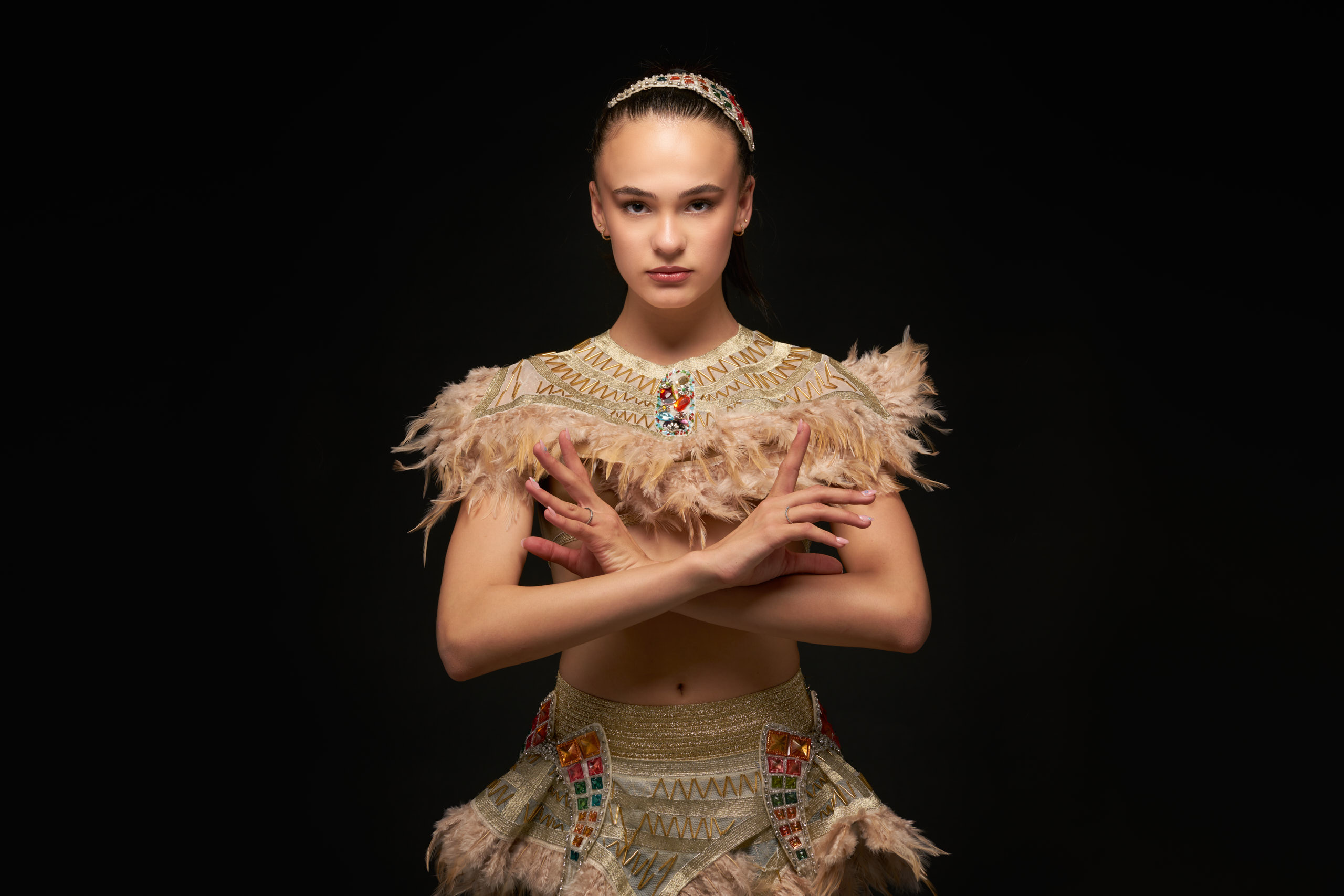18
Sep 2025
How to Capture Emotion in Portrait Photography
Portrait photography goes beyond simply recording a person’s likeness; it’s about conveying their personality, mood, and emotion. An effective portrait connects with the viewer and tells a story. Here are practical tips to help you capture genuine emotion in your portraits.
-
Build a Comfortable Atmosphere
Your subject’s comfort is crucial for authentic emotional expression. Start by engaging in conversation to help them relax. Show genuine interest, make small talk, and avoid rushing into the session. The more at ease they feel, the more naturally their emotions will appear in your photos.
-
Give Gentle Guidance Instead of Posing
Rather than relying on rigid poses, encourage natural movement and subtle adjustments. Use evocative prompts like, “Think about a time when you felt incredibly happy,” or “Imagine you’re chatting with a close friend.” These cues often produce genuine reactions and more authentic expressions.
-
Use Close-Ups to Highlight Emotion
Close-up shots are powerful for conveying feeling. Tight framing on the eyes, mouth, or other facial details creates intimacy. Eyes are especially expressive—be mindful of lighting when shooting close-ups so those expressions are naturally emphasized.
-
Choose the Right Lighting
Lighting plays a significant role in setting mood. Soft, diffused light (like window light) conveys warmth and gentleness, while harsher light adds drama and intensity. Experiment with side lighting or backlighting to create depth and atmosphere.
-
Capture Candid Moments
The best emotions often appear when the subject is unaware. Take candid shots between posed frames to catch authentic reactions—laughs, quiet moments of thought, or spontaneous expressions often make the most compelling images.
-
Play with Angles and Perspectives
Your shooting angle influences mood. A slightly higher angle can make a portrait feel softer and more vulnerable; a low angle can convey strength and presence. Try having the subject look off-camera for a reflective feel, or directly into the lens for a more intense connection.
-
Encourage Movement
Static poses can look stiff. Ask your subject to incorporate subtle movements—turning, shifting weight, playing with hair, or taking a breath. Movement adds a natural flow to the image and helps emotions surface more organically.
-
Focus on the Eyes
The eyes are usually the emotional anchor of a portrait. Use a shallow depth of field (e.g., f/1.8–f/2.8) to keep the eyes sharp while softly blurring the background. Small changes in eye expression can communicate a wide range of feelings, from joy to melancholy.
-
Incorporate Meaningful Props or Backgrounds
Props and settings add context and depth. A musician with their instrument or an artist in their studio brings personal significance to the portrait. Use elements that matter to the subject to strengthen the emotional connection in the image.
-
Take Your Time
Capturing genuine emotion requires patience. Don’t rush—spend time building rapport, trying different prompts, and exploring moods. When you and your subject are in sync, it becomes easier to capture the true essence of their emotions.
